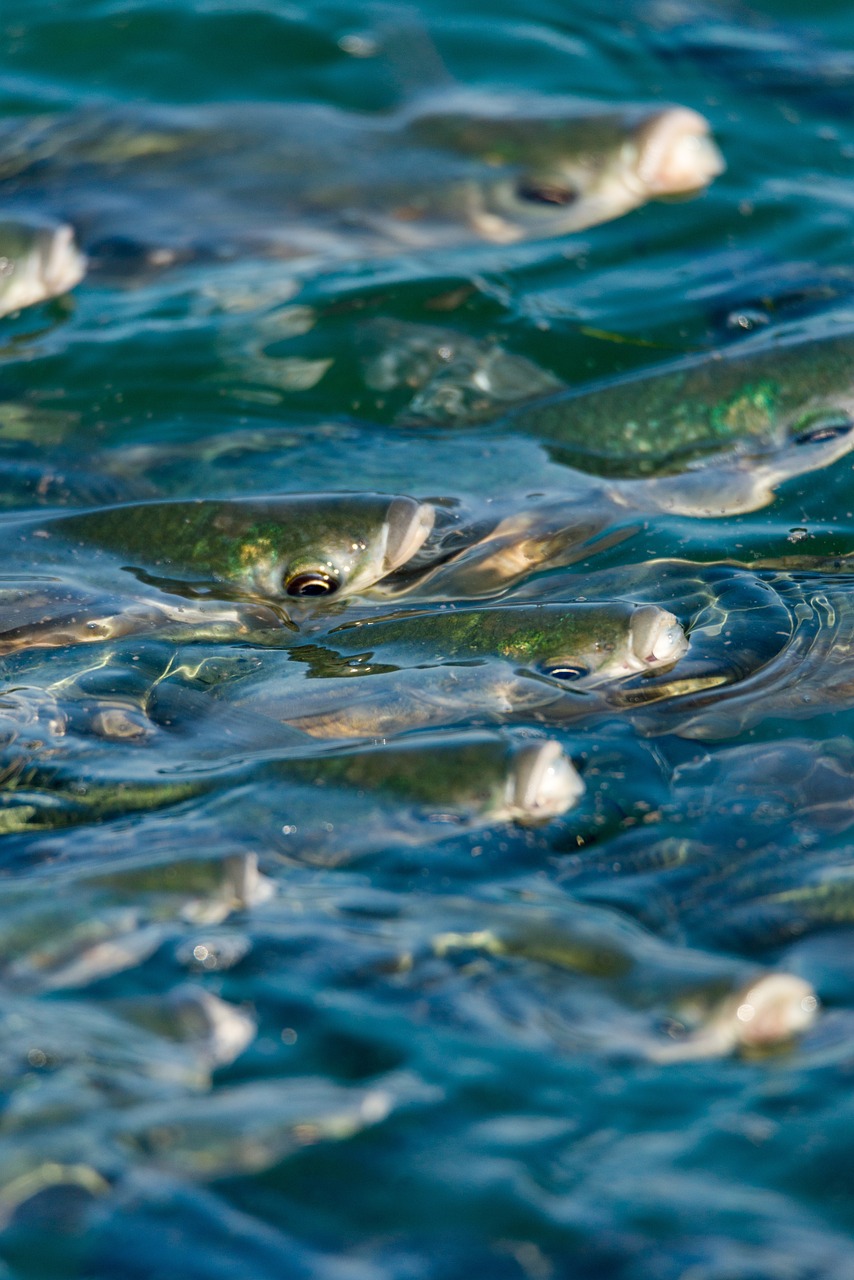You’ll love Move water for agricultural purposes and Great Salt Lake in ACRI (Active Climate Rescue Initiative)
Great Salt Lake, and more
Saving the Great Salt Lake: A Matter of Urgent Action
The Great Salt Lake, a majestic lifeline in the heart of Utah, is perilously close to vanishing. Its relentless decline, fueled by excessive water consumption for agriculture, poses a dire threat to both the lake’s ecosystem and the economic well-being of our state.
The shrinking lake has dire consequences, depleting the habitat for millions of birds and exacerbating toxic dust storms that jeopardize public health. It’s time for us to prioritize the survival of this natural wonder and find sustainable solutions that benefit both farmers and nature.
Experts at ACRI have meticulously examined the situation and devised a path forward. Their findings are clear: we cannot sacrifice the health of the Great Salt Lake for the sake of irrigated agriculture. It’s imperative that we strike a delicate balance, ensuring that both the lake and our farms can thrive.
The Great Salt Lake is more than just a body of water; it’s a vital part of our heritage and economic prosperity. Its loss would be an irreparable catastrophe, harming our environment, damaging our health, and crippling our agricultural sector.
It’s our collective responsibility to protect this precious asset. We must demand that our policymakers implement measures to conserve water and reduce its demand for agriculture. By working together, we can safeguard the Great Salt Lake for generations to come and secure a sustainable future for Utah.
Saving the Great Salt Lake: Water for Farms, Water for Nature
TL;DR: The Great Salt Lake is shrinking, and that’s bad news for everyone. Farming needs water, but so does the lake! ACRI, a group of experts, is helping find ways to make sure both the lake and the farms get the water they need.
The Great Salt Lake: A Giant in Trouble
The Great Salt Lake is a huge, salty lake in Utah. It’s a super important part of the ecosystem, providing a home for birds, fish, and even brine shrimp. But the lake is shrinking, and that’s a problem! Why? Because we’re using too much water for farming.
Farming and the Great Salt Lake: A Tug-of-War
Farmers need water to grow crops, but so does the lake. It’s like a tug-of-war, with both sides pulling on the same water. When too much water goes to farming, the lake shrinks. This causes dust storms, hurts wildlife, and even makes the air we breathe less healthy.
Finding a Balance: Water for Everyone
The good news is, there are ways to help both the farms and the lake. ACRI, the Active Climate Rescue Initiative, is working on finding ways to use water more wisely. They’re like detectives, looking for clues to help us figure out how to share the water fairly.
ACRI: The Experts in Water Solutions
ACRI is a group of super smart people who are dedicated to protecting our planet. They’ve been studying the Great Salt Lake and farming for years. They’ve learned a lot about how to make sure everyone has enough water.
ACRI’s Approach: A Smart Way Forward
ACRI’s approach is about finding balance. They use technology to help farmers use less water. They’re also working with communities to find new ways to conserve water. Their goal is to make sure everyone has enough water, from the farms to the lake.
Why ACRI Matters
ACRI is important because they’re showing us that there are ways to protect the environment and help farmers at the same time. They’re not just talking about the problem, they’re finding solutions.
Summary: Saving the Great Salt Lake
The Great Salt Lake is shrinking because we’re using too much water for farming. This hurts the lake and the environment. ACRI is working to find ways to share water fairly, so that both the farms and the lake can thrive. By using technology and working with communities, ACRI is leading the way towards a healthy future for the Great Salt Lake.
More on Move water for agricultural purposes…
- Agricultural irrigation
- Water diversion
- Great Salt Lake
- Water conservation
- Water rights
- Water management
- Water transfer
- Water scarcity
- Drought
- Climate change
- Arid region agriculture
- Desert farming
- Irrigation techniques
- Water-efficient crops
- Salinity
- Invasive species
- Ecosystem restoration
- Great Salt Lake watershed
- Bear River
- Weber River
- Jordan River
- Provo River
- Sevier River
- Colorado River
- Bonneville Salt Flats
- Antelope Island
- Stansbury Island
- Fremont Island
- Carrington Island
- Egg Island
- Gunnison Island
- Hat Island
- White Rock Island





